Decentralized finance (DeFi) is gaining momentum, as the sector adapts to evolving market conditions and technological capabilities.
After significant volatility in recent years, DeFi’s market share in cryptocurrency trading has grown from 0.33% in 2020 to 11.91% in 2024, according to researchers for crypto platform Gate.io.
Speaking to Decrypt, Gate.io researchers pointed to growing regulatory clarity, layer-2 solutions, innovative protocols, institutional interest and global economic instability as key drivers of the resurgence in interest in DeFi. They also highlighted the importance of 2020’s “DeFi Summer” as a learning experience, arguing that the sector should focus on “real-world utility and robust infrastructure” over speculative gains.
Platform evolution and DeFi infrastructure
According to Gate.io’s researchers, the trading platform landscape has evolved substantially since 2020’s “DeFi Summer.” This period saw unprecedented growth in liquidity mining and yield farming, with projects like Compound introducing innovative token distribution mechanisms that sparked widespread participation in DeFi protocols.
Today, the sector’s total value locked (TVL) of $120 billion represents 3.5% of the total crypto market cap, with established protocols demonstrating sustained usage. The researchers also highlighted that the success of decentralized platforms stands in sharp contrast to other Web3 applications—while DEXs process billions of dollars in volume, major metaverse platforms like Decentraland and The Sandbox struggle to maintain even a few thousand daily active users, compared to traditional gaming platform Roblox’s 80 million.
As the DeFi ecosystem has matured, established exchanges have evolved to bridge the gap between centralized and decentralized finance. Gate.io has transitioned from a traditional cryptocurrency exchange established in 2013, to a comprehensive platform incorporating DeFi functionality.
Through its Gate Web3 platform, users can access decentralized services including token swaps and cross-chain transfers, while maintaining the security advantages of centralized infrastructure. The platform further facilitates DeFi participation through Gate Startup, which helps launch and incubate new blockchain projects, contributing to the ecosystem’s growth.
Innovation and security
The evolution of DeFi technology has also seen significant improvements in security infrastructure, the researchers reported, with a dramatic decline in successful exploits over the past year driven by more thorough smart contract audits and improved security practices. Platforms are increasingly implementing comprehensive security measures to protect user assets while maintaining the accessibility that makes DeFi attractive.
Gate.io exemplifies this industry-wide emphasis on combining innovation with security. Its 100% Proof of Reserves system utilizes open-source Merkle tree solutions combined with third-party audits, allowing users to independently verify deposited assets. The platform’s Gate SAFU (Secure Asset Fund for Users) also provides additional protection through transaction fee income, while multilayered safeguards protect users during login, transactions, and withdrawals. These security features work alongside the platform’s technical capabilities, including cross-chain transfers and dapp integration, to create a secure environment for DeFi activities.
This focus on security extends to Gate.io’s trading infrastructure as well, where automated systems monitor suspicious activities while maintaining efficient transaction processing. The platform’s approach reflects the broader DeFi sector’s movement toward combining robust security measures with technological advancement, addressing two key requirements for mainstream adoption.
Strategic investment and real-world asset integration
Gate Labs actively supports DeFi innovation, with recent investments including Pencils Protocol which focuses on auction and yield aggregation services for both blockchain-native and real-world assets (RWAs). The investment supports security auditing, community development, and technical infrastructure, incorporating zero-knowledge technology on the Scroll network.
This RWA integration represents an expanding area of focus—most banks continue to rely on the 50-year-old SWIFT system for international transfers, with minimal innovation in core infrastructure. While traditional banks maintain expensive back offices and restricted operating hours, DeFi protocols can process transactions 24/7 with minimal overhead, creating opportunities for platforms bridging centralized and decentralized finance.
Future outlook
Recent data shows growing comfort with decentralized trading, as the DEX-to-CEX spot trading volume ratio has risen from less than 10% in 2023 to 13.92% in 2024, the researchers reported. This growth has been particularly strong in long-tail assets and new token launches, where DEXs’ permissionless nature provides significant advantages over centralized platforms. The rapid emergence of layer-2 solutions has also boosted adoption by reducing transaction costs and improving processing speeds, making DeFi more accessible to mainstream users.
With market analysts projecting that DeFi’s market share could grow to 10% within two years, crypto platforms such as Gate.io are poised to meet the growing demand, through developing trading infrastructure, Web3 capabilities, educational resources, and investment in emerging protocols.
Disclaimer
The content herein does not constitute any offer, solicitation, or recommendation. You should always seek independent professional advice before making any investment decisions. Please be noted that Gate.io may restrict or prohibit the use of all or a portion of the Services from Restricted Locations. For more information, please read the User Agreement via https://www.gate.io/user-agreement.
Daily Debrief Newsletter
Start every day with the top news stories right now, plus original features, a podcast, videos and more.
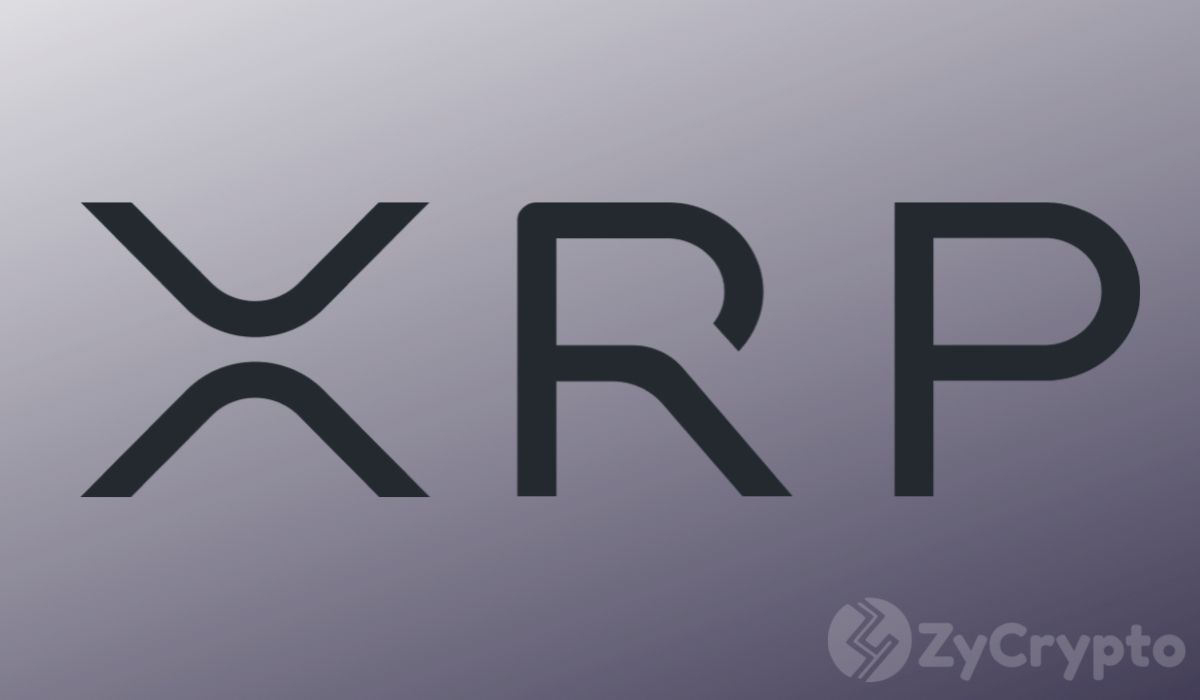
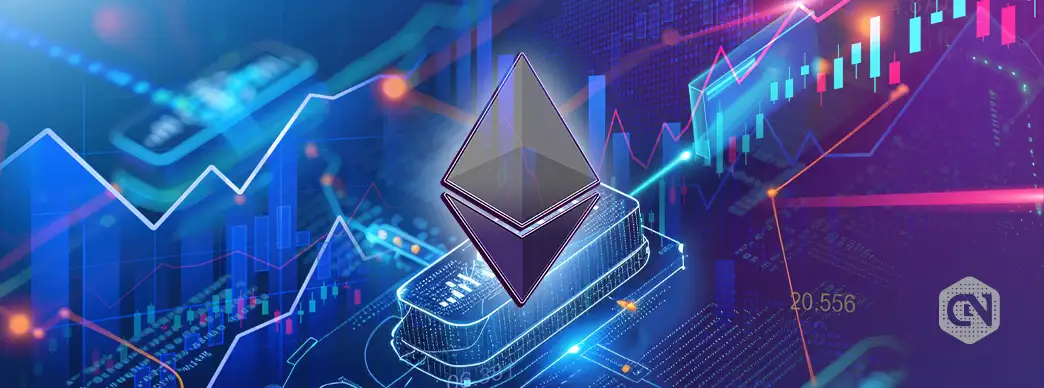
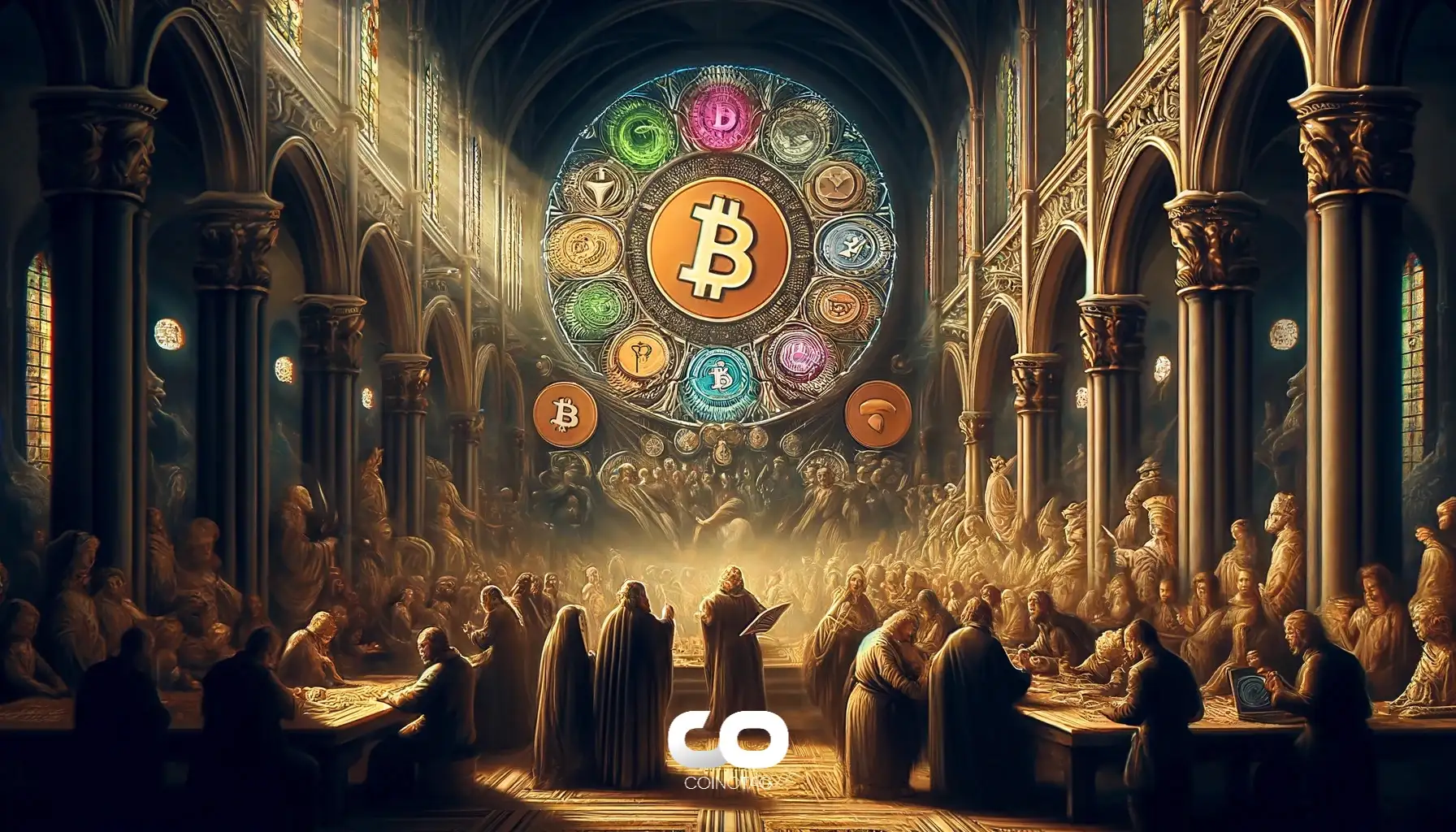



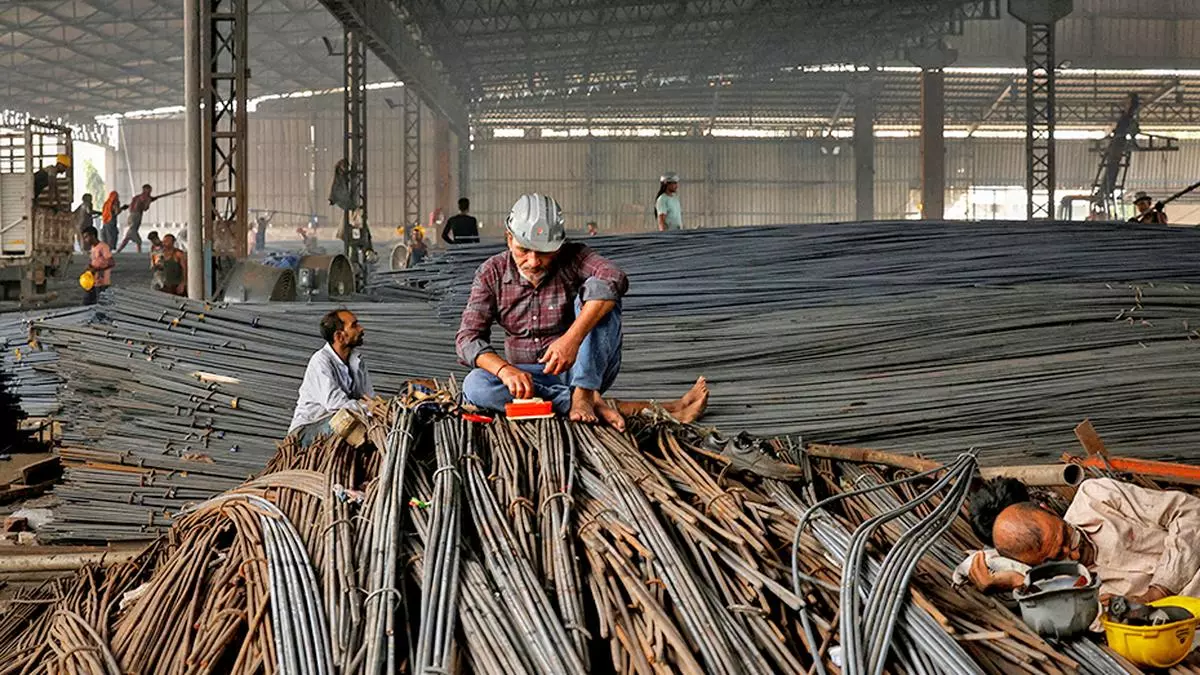
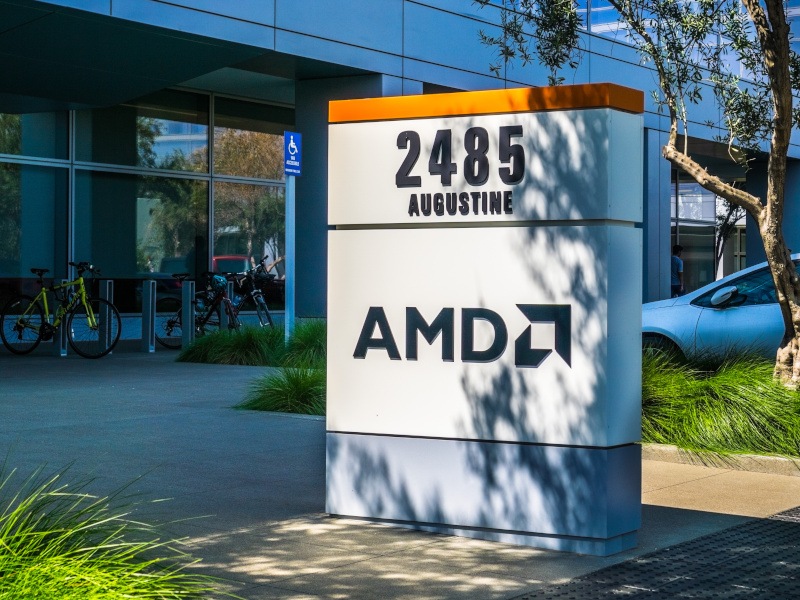

Leave a Comment